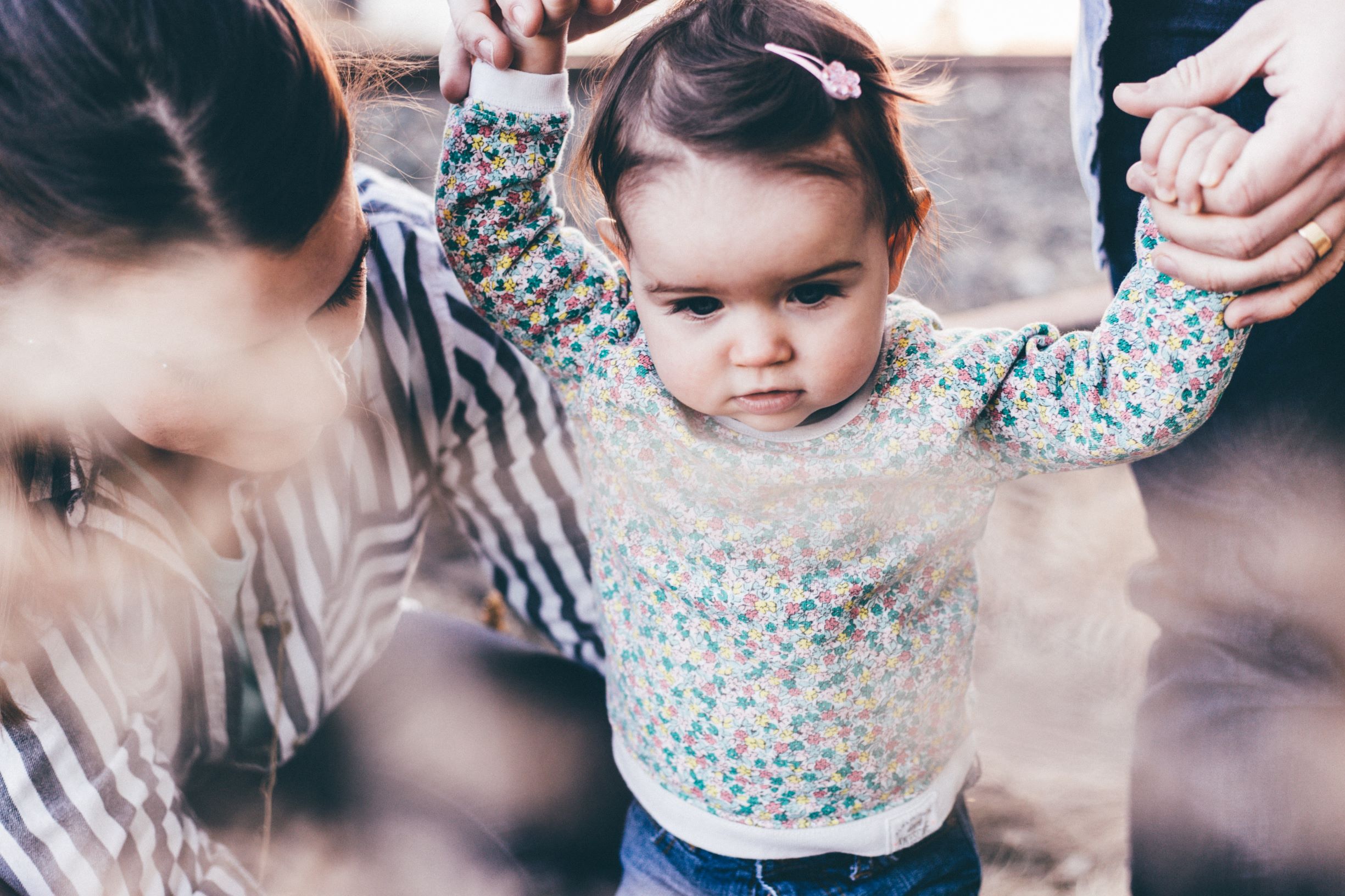As parents, we carry the stresses and burdens of our children. We constantly fret and ask ourselves questions about whether or not our children are developing on par with peers.
So, before we dive into this post, I’d like you to take a deep breath with me and release whatever stress and anxiety you might be having.
In through the nose, long inhalation up the ladder.
Hold it.
1
2
3
4
Slowly release, down the slide.
Feel better? If not, repeat this breathing exercise as many times as you need to. Taking in new information under stress is nearly impossible.
Now that we are in a calm frame of mind, I would like you to think about what your child can do to communicate with you. Recall some interactions you’ve had with your little one over the course of the past couple of weeks and think about how he got his point across.
There are many, many ways that children can communicate with you aside from speaking. I’ve selected a handful examples for the table below to help you think about ways your child expresses himself. Does your child:
| Action | Examples | Why it’s Important |
|---|---|---|
| Babble | Says “ba”, “ma”, “da”, or “bababa”, “mamama”, “dadada”. | Babbling is a precursor to speaking. It is a sign that your child is on his way to talking soon. |
| Calm down around you | Your child is upset and crying, but when you hold and soothe her, she calms down quickly. | A child who calms down around familiar people will be able to attend to speech and language easier than a child who cannot be soothed. Note that if your child is not easily consoled, you may want to talk with your child’s pediatrician. |
| Coo | Your child makes vowel noises. | This is a precursor to babbling, which is a precursor to talking. Baby steps! |
| Drag you by the hand | When your child wants something, he takes you by the hand and leads you to the preferred item. | When your child leads you by the hand, it indicates that he has an understanding that he can reach out to a familiar person for help if needed. |
| Gesture | Gestures take many forms, but one example is an open hand reach towards a preferred object. | Gesturing is an important skill to have because it demonstrates that children have joint attention (when two individuals focus on the same object), which is a prerequisite for talking. |
| Imitate | Your child copies another person’s sounds, gestures, pointing, and more. | Imitation is key to beginning to talk. A child must be able to copy and mimic others in order to begin speaking. However, note that other skills must be acquired prior to imitation. |
| Point | This is a closed fist point with only the pointer finger extended. | Pointing is a refined type of open hand gesture, and it indicates that a child has joint attention, which is a critical skill needed for speech acquisition. |
| Respond to his name | Your child acknowledges and responds, verbally or nonverbally (e.g., eye gaze, body turn) when you say his name. | Your child’s ability to respond and attend to what you say is crucial when it comes to speech sound development, as children learn new information actively, not passively. |
| Soothe himself | Your child is very upset about something, but eventually comforts and calms himself. | If your child is having difficulty regulating his emotions, then he won’t be able to focus on speaking. If this is the case, then perhaps try focusing on doing most of the talking and providing him with the necessary words in the given situation. Consult a pediatrician if necessary. |
| Use eye gaze | Your child looks at an object she is playing with, but checks in with you periodically using her eyes. | The example that is given is another one that is joint attention. It is vital that a child attends to her environment in order to acquire speech. |
Again, this is not by any means an exhaustive list! Think of this as a springboard and a way to start watching for all of the exciting things that your child can do.
The Power of “Yet”
Most likely you’re here because your child is not talking…
YET.
Hold on to that word, yet.
Whenever the right amount of time has passed, your child will talk. It might be hard to fathom that now, but it will most likely happen at some point.

So the next time you start thinking about the things that your child can’t do, try to put a different spin on it by adding the word yet to the end of the sentence and following up with something that your child can do.
“My child can’t walk yet. He can crawl.”
“My child can’t read yet. She can identify letters.”
“My child can’t talk yet. He can point and say sounds.”
All of this is to say, keep your chin up! Your child will get there eventually, in his or her own time, and he or she may just need a bit of guidance from you.
Let’s Water the Sponge!
There is a lot that goes into talking before talking happens! Here are four posts that might help you find information on what you’re looking for.
1.) Are you worried that your child isn’t hearing correctly? If so, check out “5 Signs of Mild Hearing Impairment.”
2.) If you are uncertain of where to start in terms of what words to teach our child, I encourage you to read about Building Core Vocabulary.
3.) Is your child unintelligible? Does he or she run speech sounds together quickly so that you can’t understand what is said? If so, then read about Teaching Word Boundaries.
4.) Finally, if you are looking for ways to turn babbling into words, then check out this post on Bridging Babbling and Words.
Final Thoughts
Just remember that you are tackling an incredible, arduous, awe-inspiring, commendable, and often exhausting feat! Raising a tiny human is HARD, even if you are equipped and primed for the job. I’m here to tell you that your child’s “perfect parent” is in the mirror. Keep up the good work at home and let me know what incredible things your child is doing in the comments below!


